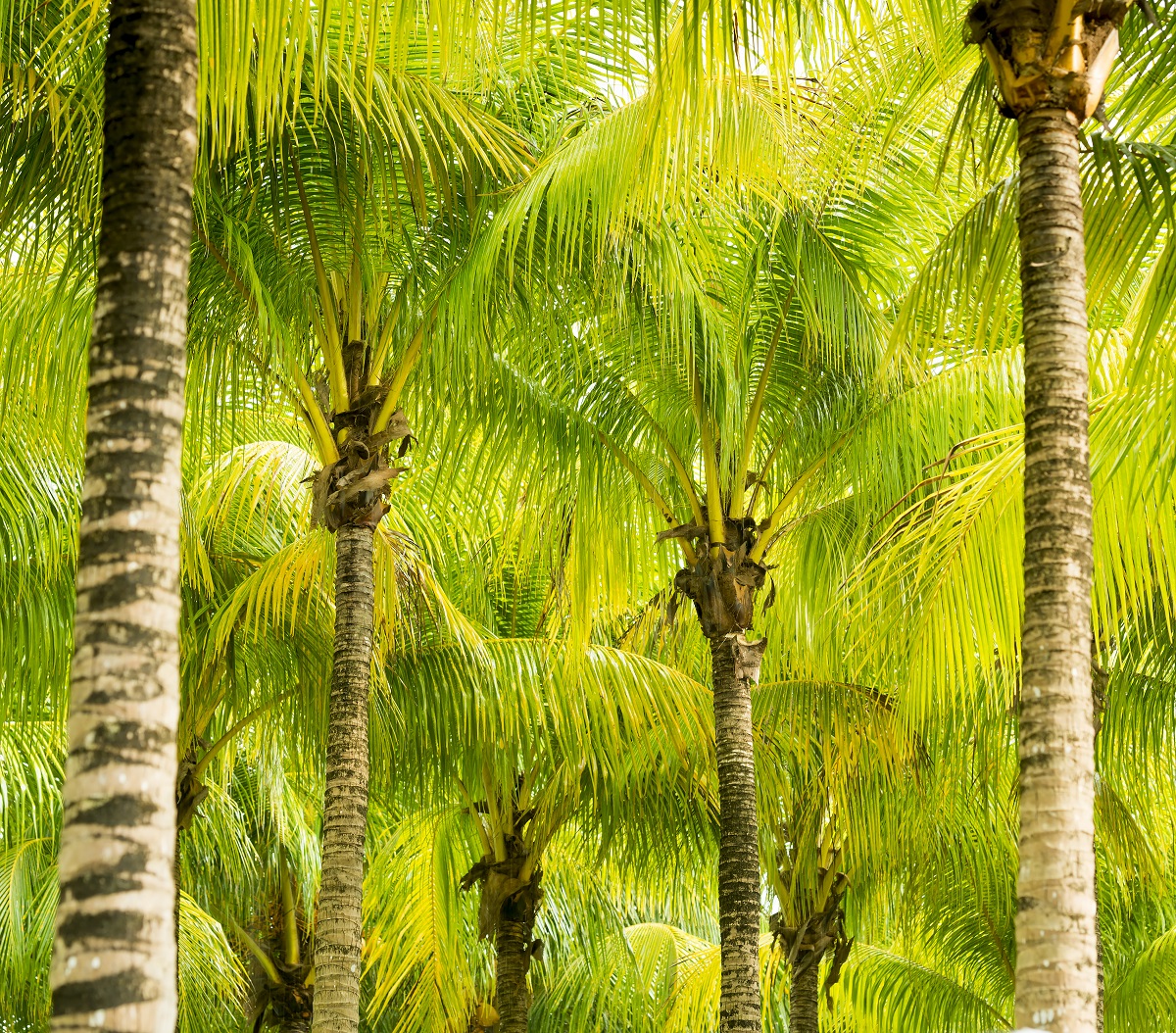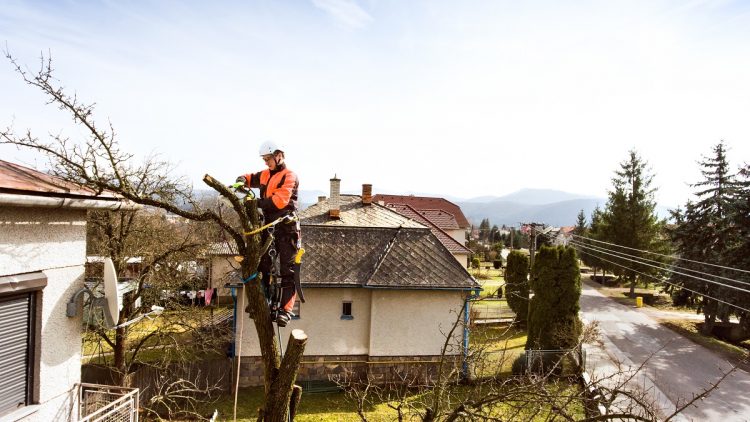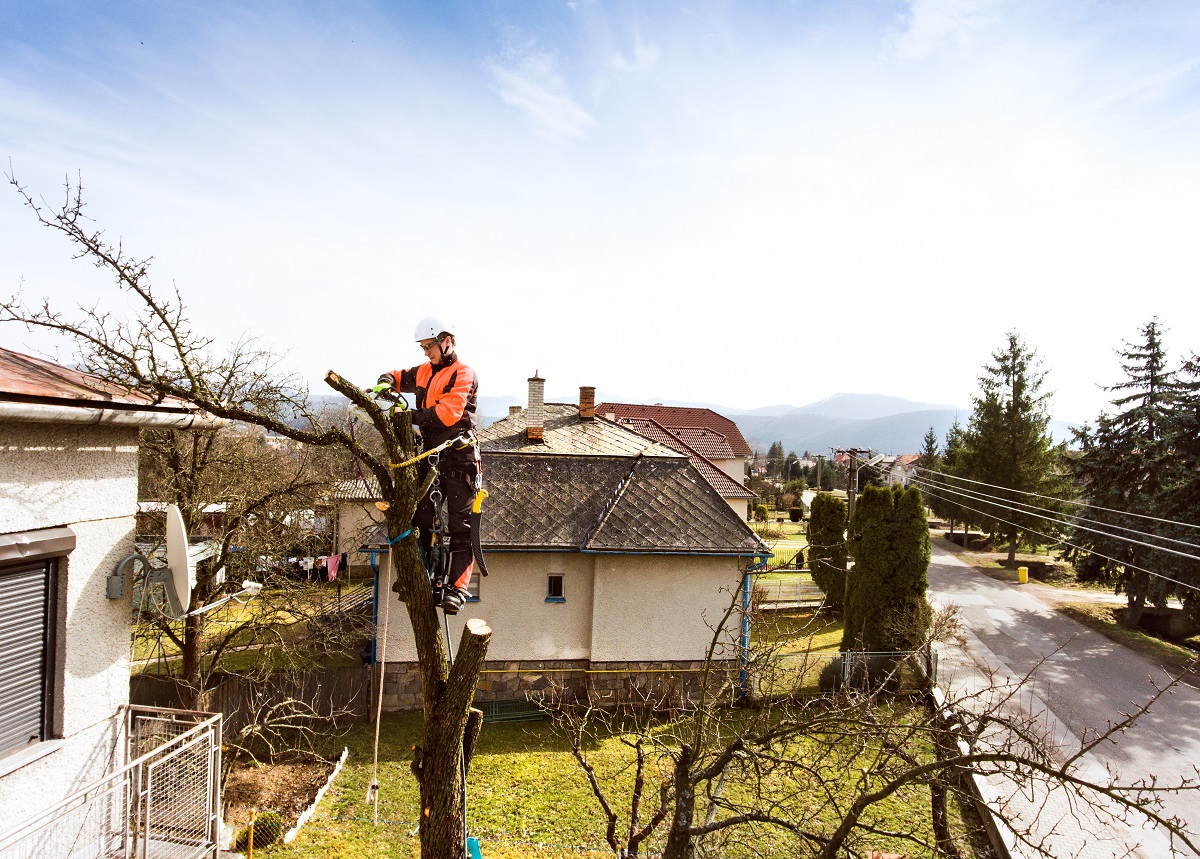Is My Palm Tree Dead?

When your palm tree fronds begin to droop or turn brown they quickly lose the tropical island appeal. Not many people know that palm trees actually belong to the evergreen family of trees which is why brown or yellow fronds are much more noticeable.
Palm trees can be infested with bugs as well as the more popular Fusarium Wilt fungus or Nalanthamala Vermoeseni also known as pink rot.
Signs Of A Dead Palm Tree
It can be quite difficult to tell if a palm tree is completely dead or just in need of some extra care. Hunker states that if you have any green on your fronds no matter how small the tree is still alive, but if you d not see any green the tree is dying if not already dead. Some of the tell-tale signs of a dying palm tree start with drooping or yellowing leaves and one of the places to start would be with the soil the tree is planted in.
Discolored or Wilting Palms
When a palm tree’s fronds begin yellowing Davey recommends checking the soil to ensure that there are no major nutrients lacking in the soil, as well as proper moisture and fertilizer levels as well since too much or too little can harm your palm tree. It may be tempting to remove the discolored fronds from the plant but this should be cautioned against since this could stunt growth for younger leaves.
Runs Out of Nutrients
According to Tree Help manganese, potassium, and magnesium deficiency are the most likely areas for a palm tree to be deficient in. These deficiencies can be identified by simple visual inspection but it is best to test the soil to get an accurate estimate of what nutrients are lacking.
Pests
According to Palm Tree Passion palm trees are most affected by sucking insects, mealybugs, palm aphids, spider mites, and caterpillars. By regularly inspecting your palm tree you should be able to perform a visual or audio inspection to check for any pests that may bother your palm tree.
Can My Palm Tree Be Saved?
Since a dying palm tree and completely dead palm tree can look very similar it can be hard to tell the health of your palm tree. These trees can be very temperamental and there are several factors like water, soil, nutrients, fertilizer, or dying fronds can affect the health of the tree it is best to do something the second you notice something wrong. If these factors are left unchecked there is a chance that a sick palm tree quickly turns into a dead palm tree.
Saving A Dying Palm Tree
Gardening Know How suggests getting to the root of the problem to discover why the palm tree is not healthy. A good starting point would be to see how the “crown” fronds since this is where growing fronds will start and if the crown is unhealthy the rest of the tree will also have issues. Florida Palm Trees states that palm trees could environmental issues, nutrition deficiency, or problems like poor soil and incorrect watering schedule. This is why it is best to start with a soil test so that you can replace the proper chemical balance and add fertilizer if necessary while adjusting your watering schedule.
Remove Dead Palm Trees in Phoenix, Tempe, & More
If none of the above steps have helped with your palm tree it may be time to call a certified arborist and have your tree further examined. We offer palm tree trimming services in the Phoenix, Mesa, Scottsdale, and surrounding areas. As an added bonus we are experienced and certified arborists, which means that we will do our best to restore your tree to its former health. However, we do know that this is not always possible in every situation which is why we also offer palm tree removal services to keep you and your property safe from harm. Worried about how much it is going to cost? Check out our palm tree trimming cost guide.



